
PCB de alta velocidade
High-Speed PCBs: Enabling Advanced Electronic Systems
High-speed printed circuit boards (PCB) are critical components in modern electronics, designed for high-frequency, high-speed, and high-precision data transmission. They ensure signal integrity, estabilidade, and low latency across applications such as communication equipment, computer hardware, e dispositivos médicos.
Material Selection for High-Speed PCBs
High-speed PCBs utilize specialized materials like high-frequency laminates and low-loss signal lines. These materials feature low dielectric constants (Dk) and dissipation factors (Df), minimizing signal attenuation and distortion to support stable high-frequency operation.
High-Density Design Methodologies
To maximize functionality in constrained spaces, high-speed PCBs employ:
- Tecnologia de Microvia: Enables dense interconnects with precise drilling accuracy.
- Multilayer Architecture: Increases routing density and reduces crosstalk through optimized layer stacking.
Integridade do sinal & Performance Optimization
Advanced techniques ensure reliable signal transmission:
- Impedance Matching: Maintains consistent trace characteristics (±5% tolerance).
- Transmission Line Modeling: Analyzes reflections, attenuation, and crosstalk using tools like Ansys HFSS.
Compatibilidade eletromagnética (Emc) Strategies
Critical measures to mitigate EMI/EMC issues:
- Shielded layers and optimized routing to reduce radiation.
- Low-Dk/Df materials to suppress noise coupling.
Thermal Management Solutions
Addressing power dissipation challenges:
- High-thermal-conductivity substrates (por exemplo, Rogers 4350b).
- Strategic placement of thermal vias and heatsinks.
Aplicações do setor
- Communications: 5G base stations and optical transceivers requiring 56Gbps+ signaling.
- Computing: Server motherboards and GPUs with 20+ layer HDI designs.
- Automotivo: ADAS controllers meeting AEC-Q200 reliability standards.
Future Trends in High-Speed PCB Technology
- Higher Bandwidth: Materials supporting 112G PAM4 and terahertz frequencies.
- Componentes incorporados: Passive integration for reduced form factors.
- AI-Driven Design: Machine learning for automated signal path optimization.
 LOGOTIPO UGPCB
LOGOTIPO UGPCB
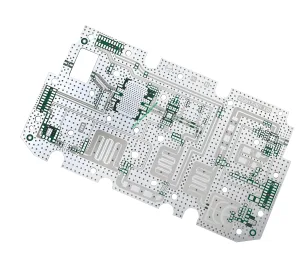
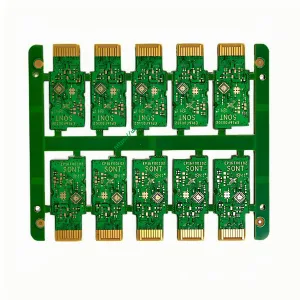
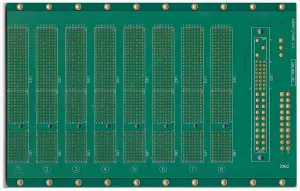
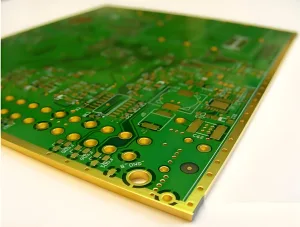
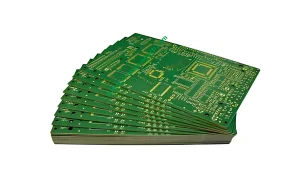
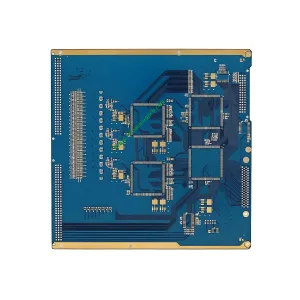
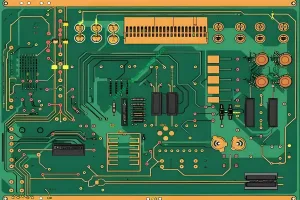




WeChat
Digitalize o código QR com WeChat